The US Navy is to boost its versatile SM-6 missile with longer range and higher speed, the Drive reported.
The SM-6 is a good example of a versatile weapon, which also proved that simply an overhaul of an existing system can achieve some significant results.
“The missile can shoot down air-breathing threats like aircraft and cruise missiles, it can swat incoming ballistic missiles in the terminal phases of flight, it can attack sea targets, and it even has a latent land attack potential. It is also network enabled and can engage targets well beyond the sensor reach of its launch platform using telemetry data-linked from a third-party platform, like a jet fighter. It does all this over long ranges, reaching out over 150 miles from its vertical launch cell aboard American destroyers and cruisers. Now, according to 2020 budget request documents, this versatile missile is set to get upsized for considerably more range and speed, and that is a very big deal.”
The SM-6 was actually designed to use already existing components, such as the SM-2ER Block IV Standard Missile and the seeker from an AIM-120IC AMRAAM air-to-air missile. The latest, upcoming SM-6 is to be redesigned with a 21-inch diameter motor that will substantially increase its range and speed, as well as allow it to take full advantage of the US Navy’s Mk41 vertical launch systems.
The Drive reported that a similar approach was taken with the SM-3 anti-ballistic missile interceptor. This is also the missiles that Japan will utilize in its defense against alleged Chinese aggression. It was the result of a joint US-Japan project.
The SM-3 Block IIA is a redesigned variant that uses a 21-inch motor for increased range, higher speed, and thus greatly improved capability overall. It also has a decreased size and reconfigured tail fins, as well as a drastically reduced size of the airframe stakes. All of that was for the purpose to fit in a Mk41 cell.
The Drive also reminded that it had proposed in an article to carry over the SM-3 Block IIA’s design to the SM-6, which is actually what is happening in the 2020 budget request.
“Known as the SM-6 Block IB, the initiative looks to spend hundreds of millions of dollars over next four years to develop the more capable missile. The line-item description, posted below, makes special note of the fact that the program will leverage existing missile technology and will result in an SM-6 with increased range. It will use a 21 inch diameter motor like the SM-3 Block IIA and will leverage internal components from the SM-6 Block IA.”
The result will be a SM-6 missile with a “necked-down” rifle bullet-like-appearance. The documents state the SM-6 Block IB is planned to make it through its primary development by 2024.
By that time, the US Navy is supposed to have all of its DDG-1000 Zumwalt-class destroyers commissioned. The first FFG(X) frigates will also be delivered.
Around that time the US Navy will also be introducing its first Flight III Arleigh Burke-class destroyers—the latest in the class of multi-role surface combatants that the SM-6 was primarily designed for.
Progress on the US Navy’s new drone ship initiative will also have supposedly made progress by then and some of the vessels will be equipped with the Mk41 vertical launch systems.
“In other words, it doesn’t really matter what the launch platform is, or to some degree where it is, in order to be employed successfully. For instance, if a Super Hornet’s air-to-air missile stores run dry, an SM-6 could be launched from a ship a hundred miles away at an aerial target that is in the shadow of the ship’s radar horizon or even beyond its detection range as a whole. It would use the Super Hornet’s targeting data to get within range on its own active radar seeker. Once it is locked on organically, the target has a very low chance of survival.”
The SM-6 has the potential to be a very successful weapon. It would initially be capable of striking ships from over 200 miles away at a very high speed. If it also includes its anti-air and localized ballistic missile defense functions, it would be even more invaluable.
The SM-6 could potentially also be adapted to air-launches, as well as land attacks. It could be fixed onto targets, and if the Advanced Anti-Radiation Guided Missile’s (AARGM) multi-mode seeker was incorporated, it could go after key air defense components from very long ranges.
Finally, it could also be repurposed to be launched from submarines, but that comes down to speculation.
The SM-6 was one of the US Navy’s most valuable, promising and versatile weapons. Its improvements will simply make it all the more better.



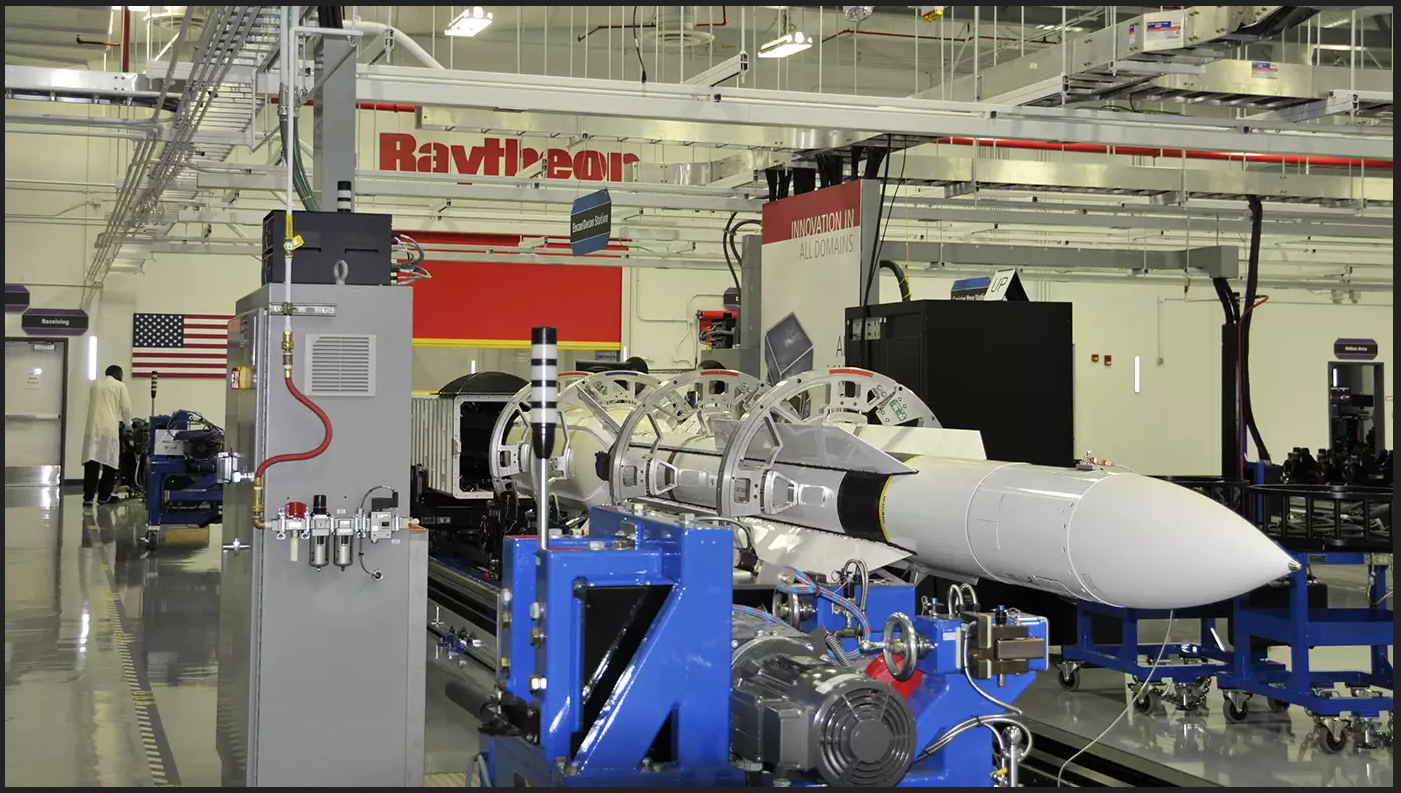
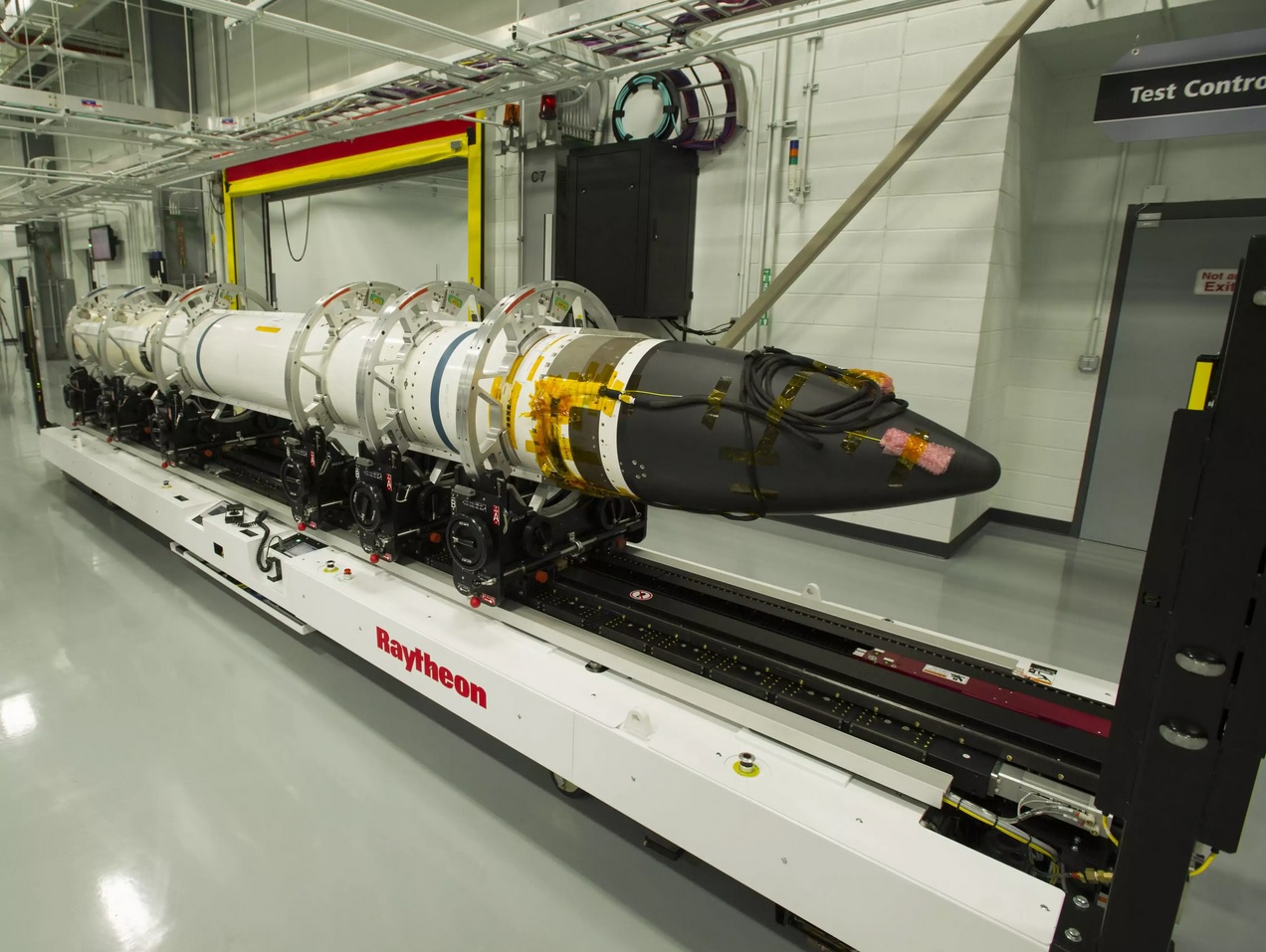
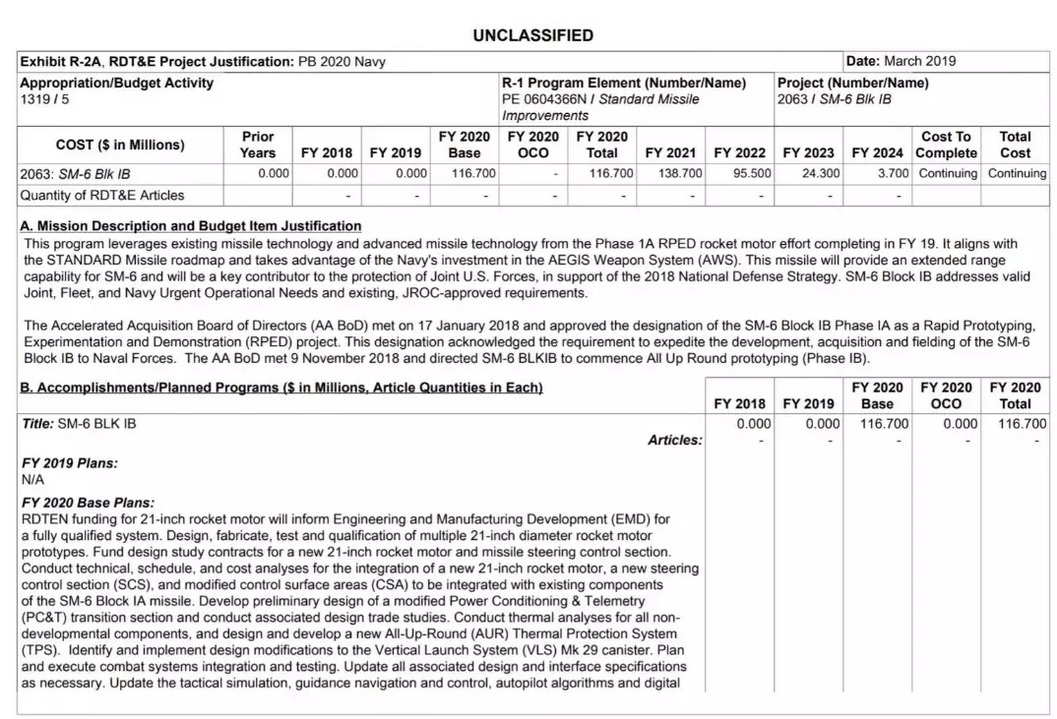
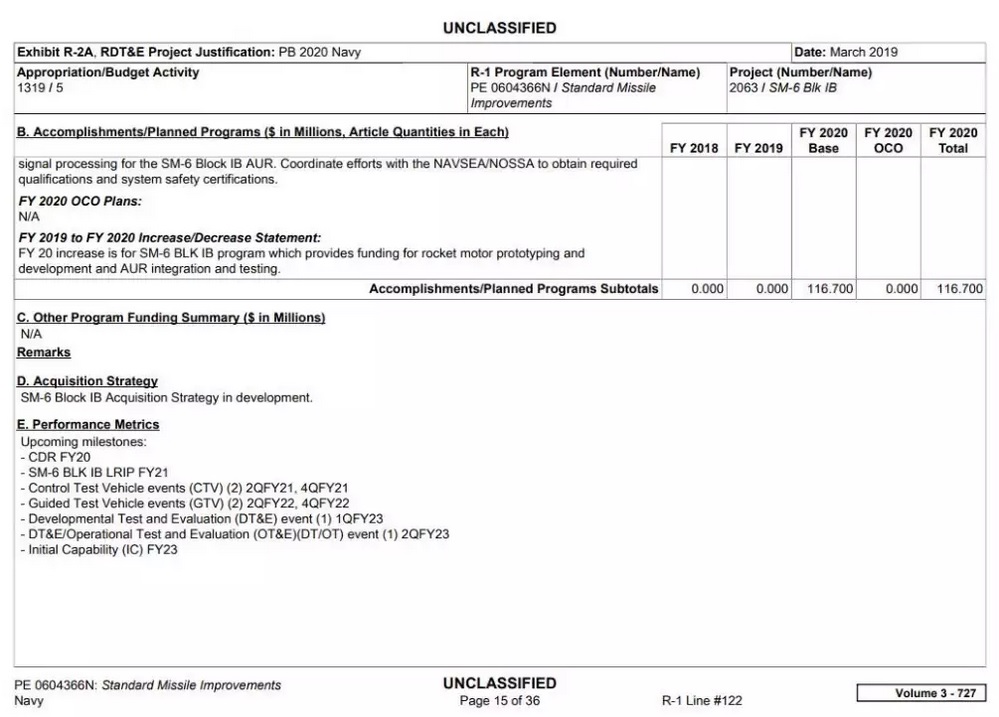
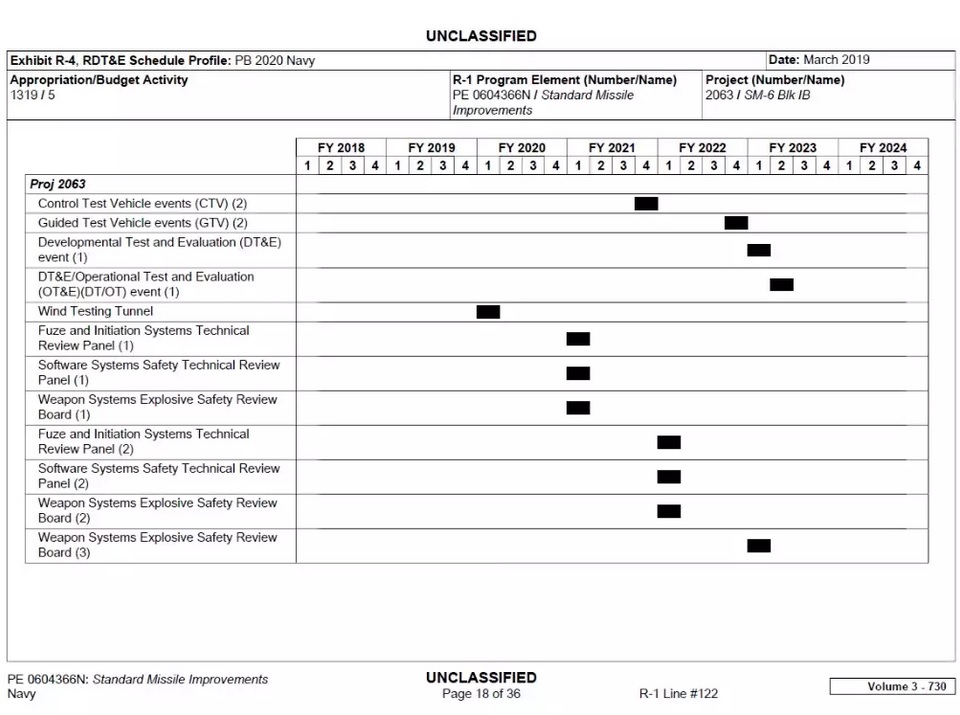
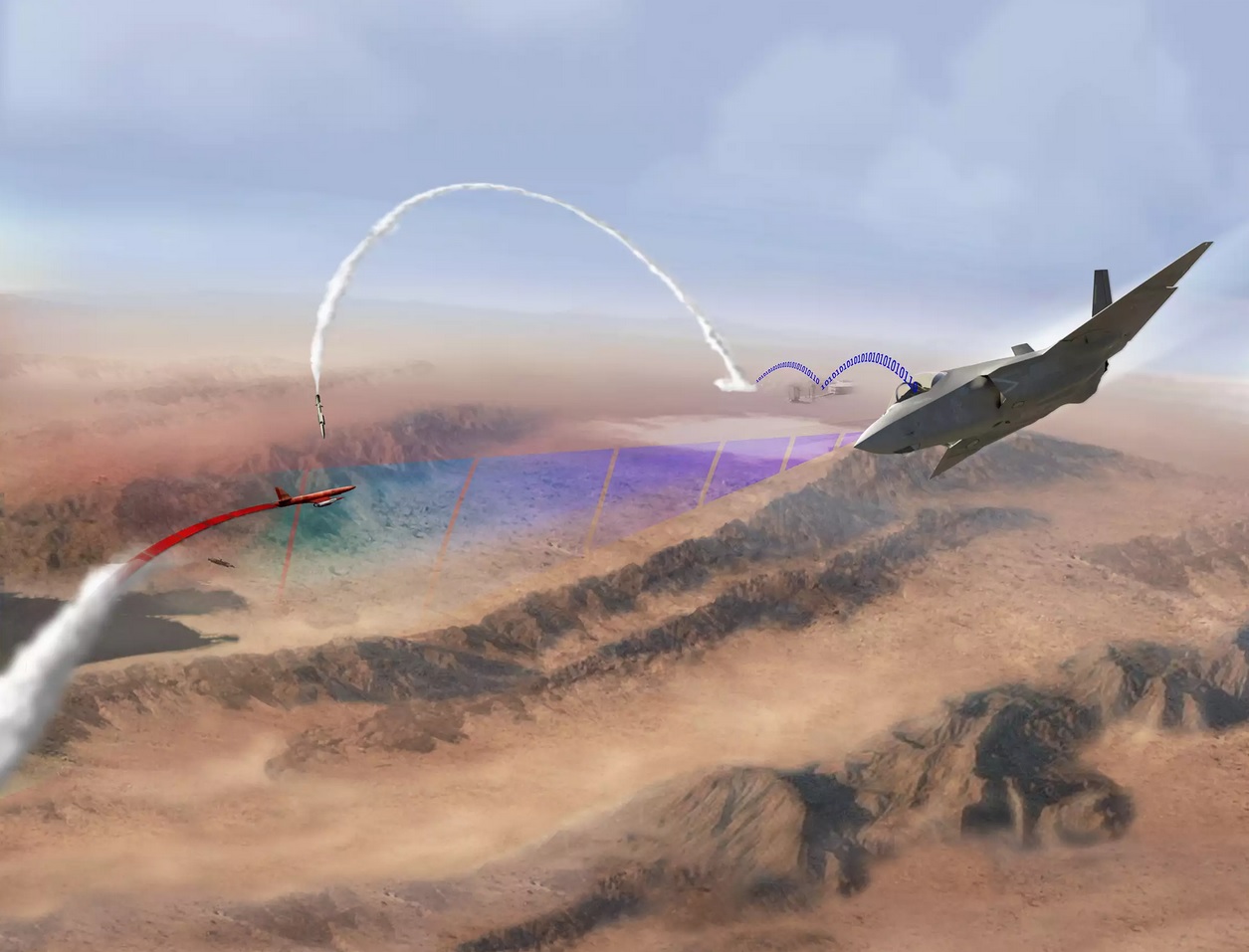
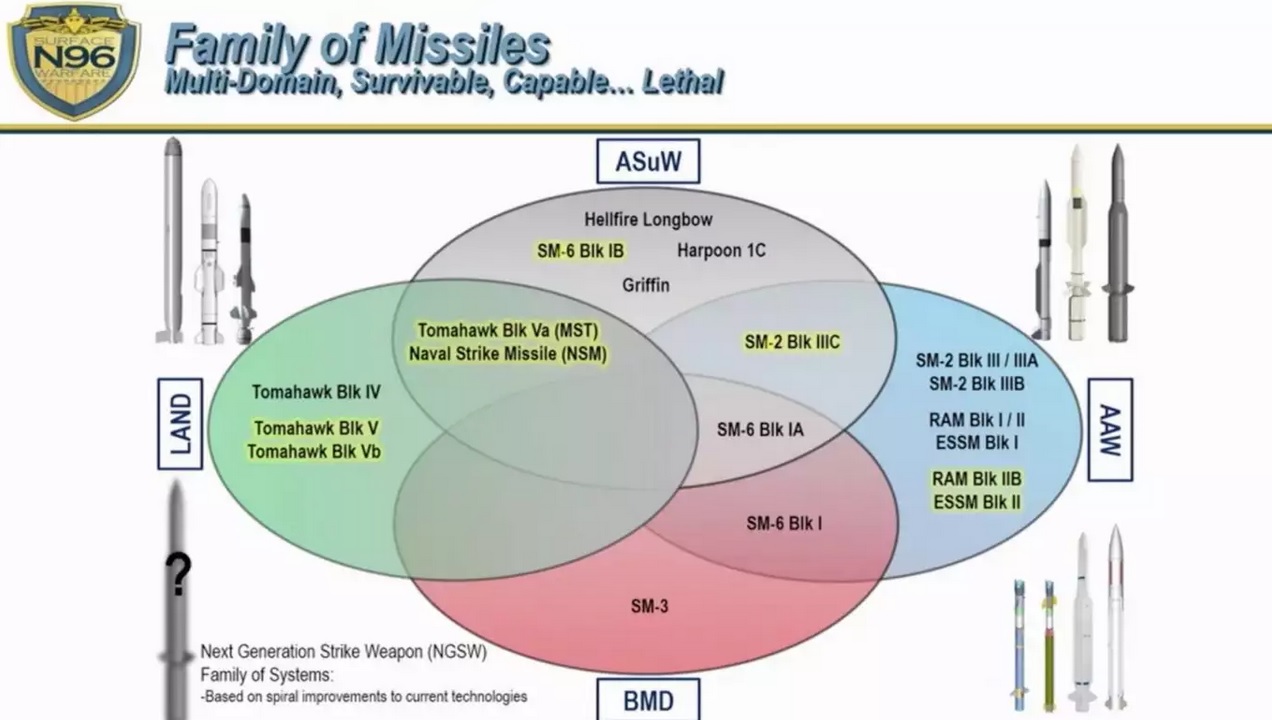



Sounds like a capable jack of all trades, but im afraid it might be to costeffective and economically viable for the US congress and military.